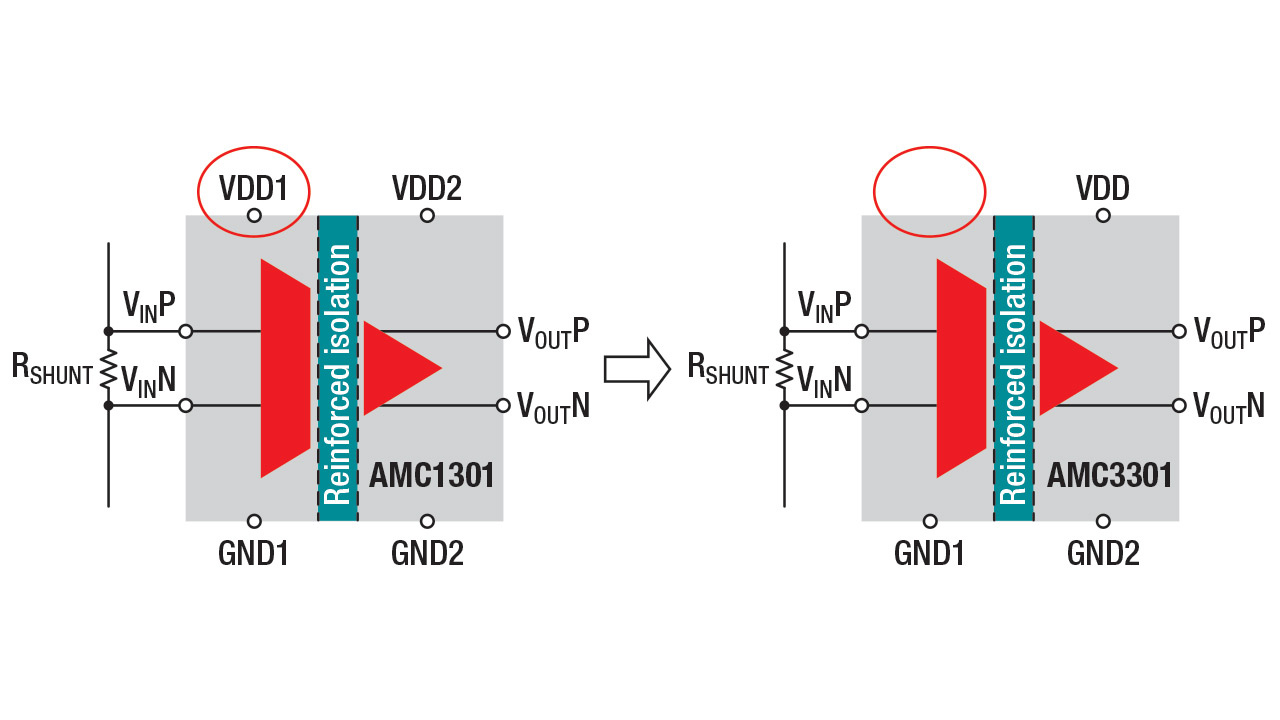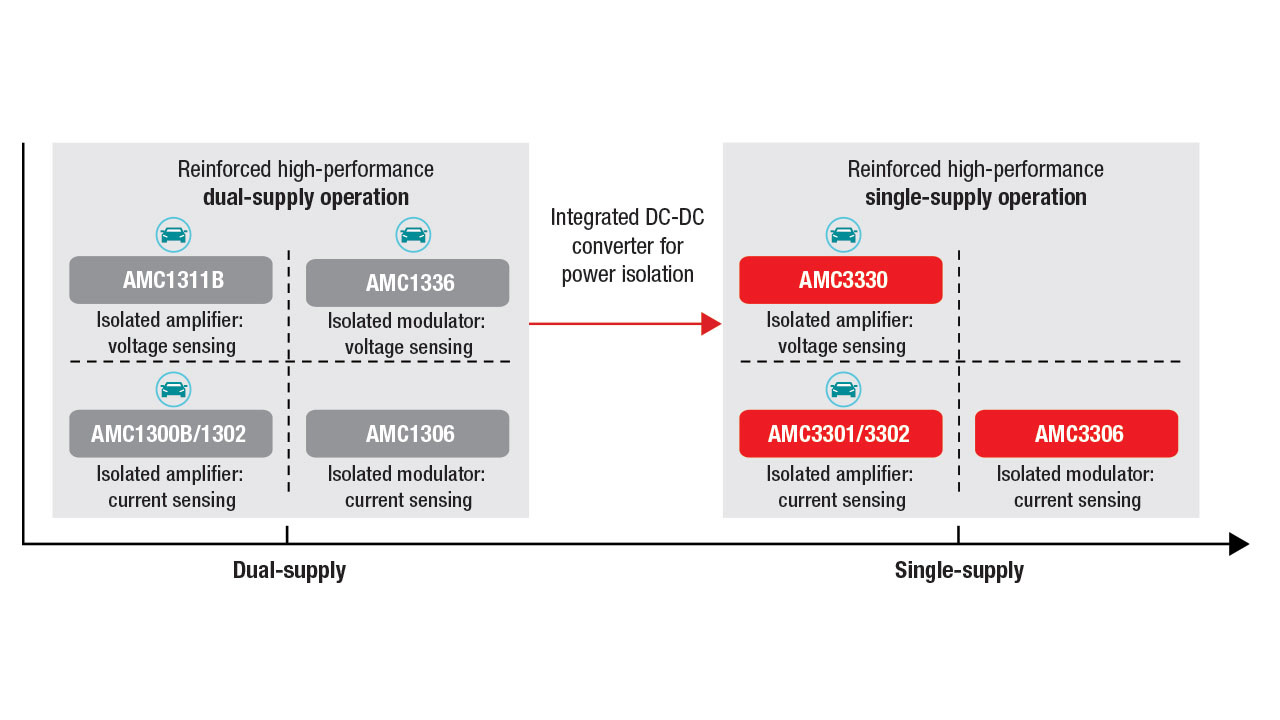發布日期:2023-10-04 點擊率:39
It is necessary everywhere – to protect humans, provide noise immunity and handle ground potential differences between subsystems. You design for it in applications such as motor drives, solar inverters, DC charging (pile) stations, industrial robots, uninterruptible power supplies, traction inverters, onboard chargers and DC/DC converters.
I’m referring, of course, to galvanic isolation.
Systems, like the ones I mentioned above, require the transfer of current and voltage information from one power domain to the other over an isolation barrier for monitoring and control purposes. How do you transfer analog information over the isolation barrier? The answer lies in isolated amplifiers and isolated analog-to-digital converters (ADCs), the latter of which are also known as isolated delta-sigma modulators.
One key challenge when designing these systems is figuring out how to provide power supplies to the isolated amplifier or ADC. Traditionally, they need two power supplies: one on the high-side and one on the low-side (shown in the left image of Figure 1 as VDD1 and VDD2, respectively). The low side is often powered from the same supply that powers the digital controller, but many systems do not have a power supply readily available on the high side. This means that you’ll have to design a discrete isolated power supply on the high side (this will increase solution size, bill of materials [BOM] count and solution cost), which increases complexity in the design and printed circuit board (PCB) layout.
To address this design challenge, we developed a family of isolated amplifiers and ADCs that can operate using a single supply on the low side. Figure 1 shows the difference between standard isolated converters that need two power supplies (on the left) and the AMC3301 family, which can operate with single supply (on the right).

Figure 1: Traditional isolated amplifier vs. isolated amplifier with a single supply
These new devices include a fully integrated DC/DC converter stage to generate the high-side supply internally. The architecture of this DC/DC converter is optimized to source as much as 1 mA of additional DC current from the high-side low-dropout regulator (LDO) output pin (usually denoted as HLDOOUT) for auxiliary circuitry, such as an active filter, a pre-amplifier or a comparator.

High accuracy for shunt-based current sensing.
| |
Learn more about the AMC3301 precision reinforced-isolated amplifier with integrated DC/DC converter. |

The advantages of single-supply operation include:
Figure 3 summarizes TI’s portfolio of isolated amplifiers and ADCs. The left side shows traditional devices that need dual supplies, and the right side shows the devices with single-supply operation.

Figure 2: TI’s portfolio of isolated amplifiers and modulators (ADCs)
Below are all of the options in the AMC3301 family, based on the application.
For current sensing:
For voltage sensing:
It is possible to have both a simplified design and a compact form factor without compromising performance. When you are ready to start designing, TI’s applications experts are here to answer any questions you may have in the TI E2E? support forums. In the meantime, check out the additional resources below to boost your knowledge on isolated amplifiers and ADCs.
下一篇: 半導體封裝設備有哪些
上一篇: How integrated brush